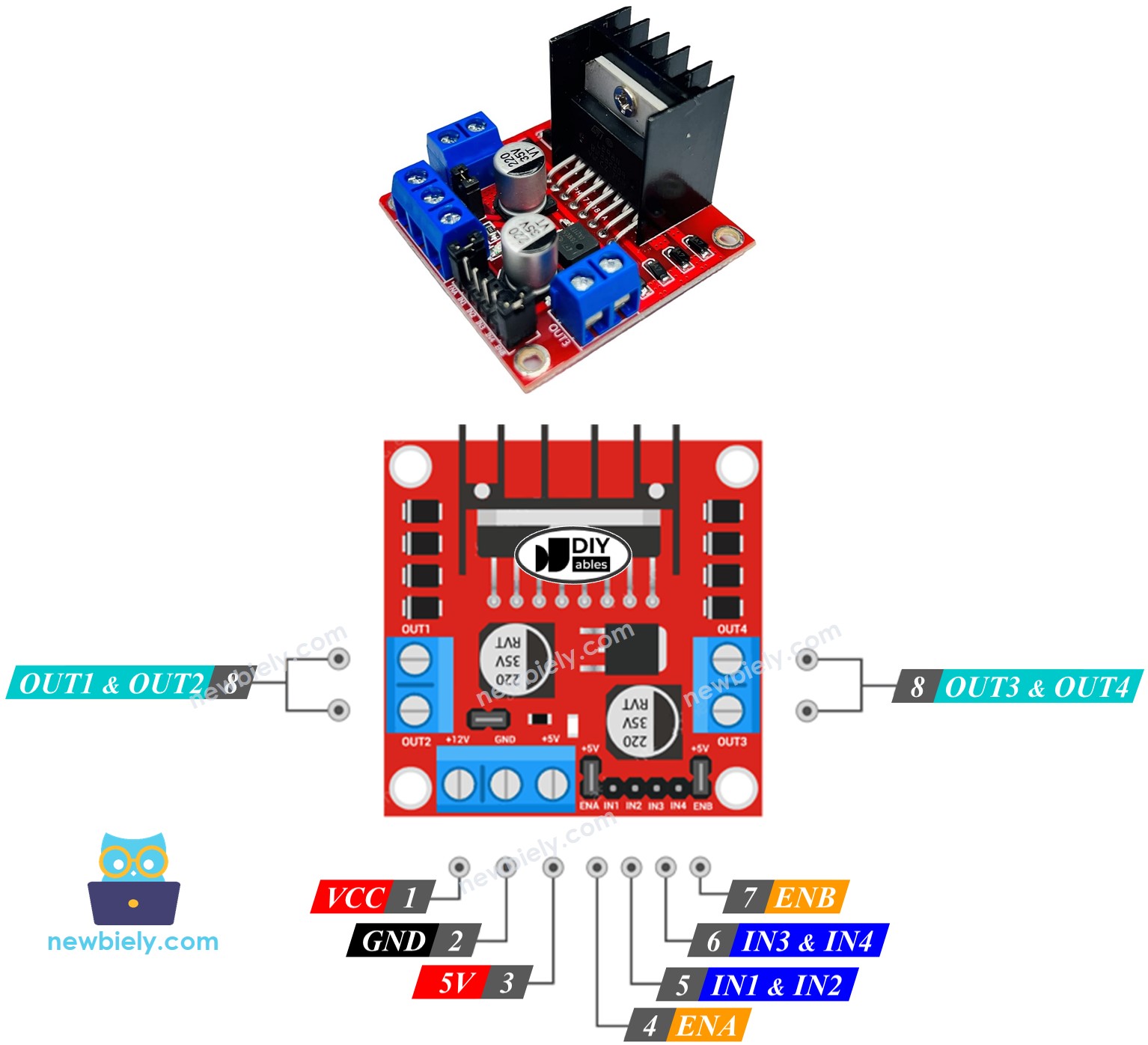Are you struggling to access your IoT devices remotely because of restrictive firewalls? RemoteIoT offers a groundbreaking solution, providing seamless connectivity to your devices, even when they're hidden behind firewalls and NAT routers, without compromising security. This article will provide actionable steps, expert insights, and practical tips to help you navigate the complexities of firewall configurations.
Lets dive in and explore how you can make the most of RemoteIoT behind a firewall. In todays digital age, securing your network is more important than ever. With the rise of remote work and IoT devices, the need for a robust firewall solution has become critical. RemoteIoT offers a powerful solution that allows users to connect to their devices even when they are behind a firewall or NAT. This guide will walk you through the process of setting up and using RemoteIoT on Windows systems, ensuring seamless connectivity without compromising security. Whether you're a beginner or an experienced user, this article will provide actionable steps, expert insights, and practical tips to help you navigate the complexities of firewall configurations. It is for both individual users and organizations.
| Category | Information |
|---|---|
| Name | RemoteIoT Firewall |
| Type | Security Tool |
| Purpose | Designed specifically for IoT networks |
| Function | Monitors and controls traffic to and from IoT devices |
| Advantage | Works across distributed systems |
| Challenge | IoT devices often lack robust security features, making them easy targets for hackers |
| Compatibility | Works with Windows systems |
| Accessibility | Connect to devices behind a firewall or NAT |
| Feature | Allows users to connect to their devices even when they are behind a firewall or NAT |
| Benefit | Ensuring seamless connectivity without compromising security |
| Tutorial Guide | Setting up and managing remote SSH connections while implementing robust firewall protection |
| Additional Function | Remotely access Raspberry Pi behind firewall or NAT router |
| Additional Function | Directly connect to Raspberry Pi behind firewall from anywhere as if it was on the local network |
| Additional Function | Send command and batch job to Raspberry Pi from web portal |
| Additional Function | No need to discover the IoT device IP and change any firewall settings |
| Reference Website | RemoteIoT Official Website |
A RemoteIoT firewall is essentially a security tool designed specifically for IoT networks. Unlike traditional firewalls that focus on protecting computers and servers, RemoteIoT firewalls are tailored to handle the unique challenges posed by IoT devices. These devices often lack robust security features, making them easy targets for hackers. In this article, we'll dive deep into the world of RemoteIoT and firewall navigation, breaking down the process step by step. Whether you're a beginner or a seasoned pro, there's something here for everyone! So, what exactly is a RemoteIoT firewall? Think of it as a digital gatekeeper that monitors and controls traffic to and from your IoT devices. Unlike traditional firewalls, which are often tied to specific locations or networks, RemoteIoT firewalls are designed to work across distributed systems.
- Hope Driskill Survivor Star Beyond What You Need To Know
- Diy Manicure At Home Tips Tricks For Perfect Nails
The proliferation of IoT devices across various industries has made understanding secure connections increasingly vital for both individual users and organizations. Securing your network is no longer a luxury; its a necessity. The escalating sophistication of cyber threats, coupled with the inherent vulnerabilities of many IoT devices, demands a proactive approach to network security. A RemoteIoT firewall fills this crucial gap, offering a specialized solution tailored to the unique demands of the IoT ecosystem.
At its core, a RemoteIoT firewall functions as a gatekeeper, meticulously scrutinizing all incoming and outgoing traffic to your IoT devices. It operates on the principle of least privilege, allowing only authorized communication while blocking potentially harmful or unauthorized access. This granular level of control is paramount in mitigating risks associated with IoT devices, which often lack the robust security features found in traditional computing devices. One of the defining characteristics of a RemoteIoT firewall is its adaptability to distributed systems. Unlike conventional firewalls that are typically confined to a specific physical location or network, RemoteIoT firewalls can extend their protective umbrella across geographically dispersed IoT deployments. This flexibility is particularly valuable in scenarios where IoT devices are scattered across multiple locations, such as in smart cities, agricultural operations, or industrial monitoring systems.
Using RemoteIoT behind a firewall on Windows requires a comprehensive approach to ensure seamless connectivity without compromising security. The process involves several key steps, starting with a thorough assessment of your existing firewall configuration. Begin by identifying which ports are currently open and which protocols are permitted through the firewall. This information is crucial for determining whether any adjustments are needed to accommodate RemoteIoT functionality. It's equally important to document any existing restrictions that might impact RemoteIoT, such as IP address whitelists or specific protocol limitations. Once you have a clear understanding of your firewall configuration, the next step is to configure the RemoteIoT client application on your Windows system. This typically involves installing the RemoteIoT client software and configuring it to communicate with the RemoteIoT server. During this process, you may need to specify the RemoteIoT server address, port number, and any necessary authentication credentials.
- Lexi Woods Summer House Drama Love Career More
- Lauren Spencer Smith From Nanaimo Teen To Charttopping Star
The interaction between the RemoteIoT client and the firewall is where things can get tricky. Firewalls are designed to block unauthorized traffic, so it's essential to configure your firewall to allow RemoteIoT traffic to pass through. This usually involves creating firewall rules that permit inbound and outbound connections on specific ports used by RemoteIoT. The specific ports and protocols required by RemoteIoT will depend on your particular setup and the services you intend to use. Refer to the RemoteIoT documentation or consult with your network administrator to determine the appropriate settings. In addition to configuring firewall rules, you may also need to consider network address translation (NAT) settings. NAT is a technique used by many routers to translate private IP addresses within your local network to a single public IP address. If your IoT devices are behind a NAT router, you'll need to configure port forwarding to direct traffic from the public IP address to the appropriate device on your local network.
Once you've configured the RemoteIoT client and adjusted your firewall and NAT settings, it's time to test the connection. Use the RemoteIoT client software to attempt to connect to your IoT devices. If the connection fails, double-check your firewall rules, NAT settings, and RemoteIoT client configuration. Pay close attention to any error messages or logs that might provide clues about the cause of the problem. Troubleshooting firewall issues can be challenging, so it's often helpful to use network monitoring tools to analyze traffic patterns. These tools can help you identify whether traffic is being blocked by the firewall or if there are other network-related issues that are preventing the connection. Remember, security should always be a top priority when configuring RemoteIoT behind a firewall. Use strong passwords, enable encryption, and keep your RemoteIoT software up to date with the latest security patches. Regularly review your firewall rules and NAT settings to ensure they are still appropriate for your needs.
Remotely accessing a Raspberry Pi behind a firewall or NAT router presents a common challenge for IoT enthusiasts and professionals alike. However, with RemoteIoT, this seemingly complex task becomes remarkably straightforward. RemoteIoT provides a secure and reliable tunnel that allows you to connect to your Raspberry Pi from anywhere in the world, as if it were directly connected to your local network. One of the key advantages of RemoteIoT is that it eliminates the need to discover the IoT device IP address or make any changes to firewall settings. This simplifies the setup process and reduces the risk of misconfiguration, which can often lead to security vulnerabilities. The RemoteIoT client software takes care of establishing the secure connection, handling all the necessary networking complexities behind the scenes.
With RemoteIoT, you can seamlessly send commands and batch jobs to your Raspberry Pi from a web portal. This feature is particularly useful for automating tasks, remotely managing devices, and collecting data from sensors. The web portal provides a user-friendly interface for interacting with your Raspberry Pi, eliminating the need for command-line interfaces or complex scripting. Moreover, RemoteIoT ensures that all communication between your web portal and your Raspberry Pi is encrypted and secure, protecting your data from unauthorized access.
This tutorial will guide you through the process of setting up and managing remote SSH connections while implementing robust firewall protection. SSH (Secure Shell) is a cryptographic network protocol that allows you to securely access and manage your Raspberry Pi remotely. By combining SSH with RemoteIoT, you can create a secure and versatile remote access solution that is suitable for a wide range of applications. The first step is to install and configure the RemoteIoT client software on your Raspberry Pi. This typically involves downloading the RemoteIoT client package, installing it using the appropriate package manager, and configuring it to connect to your RemoteIoT server.
Once the RemoteIoT client is installed and configured, you'll need to enable SSH on your Raspberry Pi. This can usually be done through the Raspberry Pi configuration tool or by editing the SSH configuration file. It's crucial to configure SSH securely by disabling password-based authentication and enabling key-based authentication. Key-based authentication uses cryptographic keys to verify your identity, making it much more secure than password-based authentication. After enabling SSH and configuring key-based authentication, you can use the RemoteIoT web portal to establish a secure SSH connection to your Raspberry Pi. The web portal will provide you with a terminal interface where you can execute commands, manage files, and perform other administrative tasks.
Remember, security is paramount when setting up remote SSH connections. Use strong passwords for your user accounts, keep your software up to date with the latest security patches, and regularly review your firewall rules and security settings. By following these best practices, you can create a secure and reliable remote access solution that allows you to manage your Raspberry Pi from anywhere in the world. In conclusion, RemoteIoT offers a powerful and versatile solution for connecting to your IoT devices behind firewalls and NAT routers. Whether you're a hobbyist working on a small project or a professional managing a large-scale IoT deployment, RemoteIoT can simplify your life and enhance your security.
- Diy Manicure At Home Tips Tricks For Perfect Nails
- Say Yes To The Dress Atlanta Watch Online Episodes Guide


